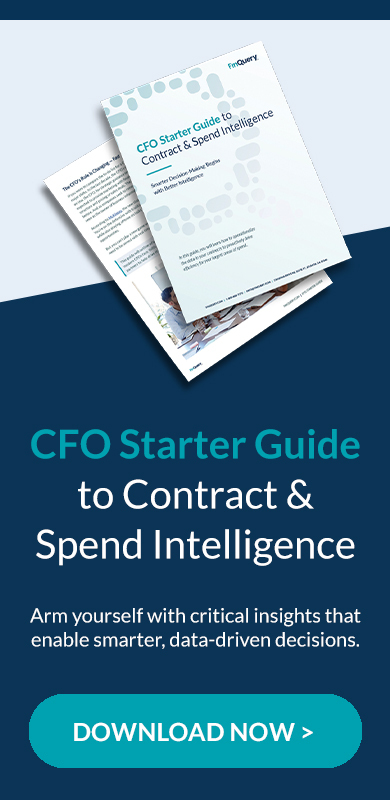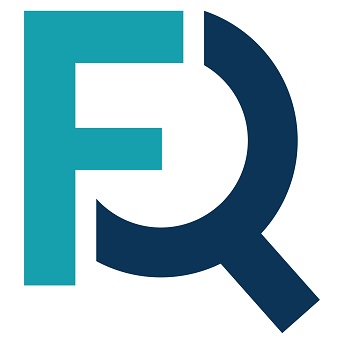In today’s fast-paced, software-driven world, managing software usage and cost is no longer a luxury—it’s a necessity. The advent of SaaS (Software as a Service) has dramatically changed how organizations approach this problem, presenting new challenges and opportunities. Although still relevant, Traditional Software Asset Management (SAM) methods are expensive, complex, and resource-intensive – not ideal for the dynamic needs of many organizations. This article will explore why lighter, more agile SAM solutions are better suited for today’s organizations and how they provide the same benefits without the high costs and resource-intensive upkeep.
The Evolution of SAM in the SaaS Era
The Shift from Traditional to Modern SAM
Traditionally, SAM was designed to handle on-premise software tied to hardware. With the rise of SaaS, the landscape has shifted, requiring more dynamic and flexible solutions. The key purpose of SAM remains essential—optimizing software usage, ensuring compliance, and reducing costs—but the methods to achieve these goals have evolved.
Why Traditional SAM Falls Short
Traditional SAM tools, often bundled with larger ITSM (IT Service Management) or ITAM (IT Asset Management) systems, are like using a sledgehammer to crack a nut. They offer features many organizations don’t need, leading to unnecessary costs and complexity. They’re slow to implement and require constant upkeep. But most organizations, particularly those relying heavily on SaaS, need a way to handle their software usage and costs without getting bogged down in overly complex systems.
Key Benefits of Modern SAM Solutions
While traditional SAM programs may be overkill for the needs of many organizations, maintaining a portfolio of software assets and monitoring usage is necessary to align IT strategy with business goals and to reduce vulnerabilities within digital infrastructure. A more modern approach to SAM using a software management tool offers many benefits including:
- Affordability – Modern SAM tools are significantly more affordable than traditional systems. They eliminate the need for expensive modules and reduce the financial burden on small to mid-sized businesses.
- Rapid Implementation – Unlike traditional SAM systems that require extensive setup and integration, modern tools offer rapid deployment. This quick implementation means organizations can start seeing the benefits almost immediately.
- Simplified Maintenance – Traditional SAM systems require ongoing maintenance and regular upgrades to stay current. Modern solutions, however, are often entirely SaaS based and are designed to minimize upkeep, freeing up IT resources for more strategic tasks.
- Ease of Use – User adoption is a significant challenge with traditional SAM tools due to their complexity. Modern solutions are intuitive and user-friendly, making it easier for employees to utilize them effectively.
How to Implement a Sustainable SAM Strategy
Step 1: Create a Cross-Functional Team
Establish a collaborative team that includes representatives from IT, legal, finance, procurement, and operations. This diverse team will ensure a comprehensive approach to SAM.
Step 2: Develop a Centralized Approach
Implement a single, centralized SAM program to maintain oversight and control of all software assets. A centralized approach helps streamline processes and ensures consistency.
Step 3: Set Clear Policies and Expectations
Clearly articulate SAM policies and expectations for all stakeholders. This transparency will help in aligning goals and ensuring accountability.
Step 4: Use Automated Solutions
Leverage automated applications to manage software licenses and assets. Automation reduces manual effort, minimizes human error, and provides long-term benefits like cost savings and improved compliance.
Step 5: Regularly Review for Continuous Improvement
Monitor and review your SAM strategy on an ongoing basis to adapt to evolving business needs. Regular audits and optimizations will ensure your SAM program remains effective and efficient.
The Future of SAM
Integration with FinOps
The future of SAM is increasingly intertwined with FinOps (Financial Operations). In fact, in February 2024 the FinOps Foundation added Licensing & SaaS capability to the FinOps Framework to recognize the critical importance of Software Asset Management in the optimization of cloud costs. Integrating SAM with FinOps practices will enable organizations to control and optimize their cloud expenditures, fostering collaboration between IT, finance, and operational teams.
Leveraging AI and Machine Learning
The rise of AI and machine learning promises to further revolutionize SAM. These technologies can enhance efficiency, provide predictive insights, and help organizations anticipate changes, optimize software investments, and ensure compliance more effectively.
Conclusion
Implementing a sustainable SAM strategy is crucial for modern organizations looking to optimize their software assets and achieve operational excellence. By adopting lighter, more agile SAM solutions, businesses can reap the benefits of traditional SAM without the high costs and complexity.


